Practical Control Engineering
About the Author
David M. Koenig had a 27 year career in process control and analysis for Corning, Inc., retiring as an Engineering Associate. His education started at the University of Chicago in chemistry, leading to a PhD in chemical engineering at The Ohio State University. He resides in upstate New York where his main job is providing day care for his six month old grandson.
Practical Control Engineering
A Guide for Engineers, Managers, and Practitioners
David M. Koenig


Copyright 2009 by The McGraw-Hill Companies, Inc. All rights reserved. Except as permitted under the United States Copyright Act of 1976, no part of this publication may be reproduced or distributed in any form or by any means, or stored in a database or retrieval system, without the prior written permission of the publisher.
ISBN: 978-0-071-60614-1
MHID: 0-071-60614-9
The material in this eBook also appears in the print version of this title: ISBN: 978-0-071-60613-4, MHID: 0-071-60613-0.
All trademarks are trademarks of their respective owners. Rather than put a trademark symbol after every occurrence of a trademarked name, we use names in an editorial fashion only, and to the benefit of the trademark owner, with no intention of infringement of the trademark. Where such designations appear in this book, they have been printed with initial caps.
McGraw-Hill eBooks are available at special quantity discounts to use as premiums and sales promotions, or for use in corporate training programs. To contact a representative please visit the Contact Us page at www.mhprofessional.com.
Information contained in this work has been obtained by The McGraw-Hill Companies, Inc. (McGraw-Hill) from sources believed to be reliable. However, neither McGraw-Hill nor its authors guarantee the accuracy or completeness of any information published herein, and neither McGraw- Hill nor its authors shall be responsible for any errors, omissions, or damages arising out of use of this information. This work is published with the understanding that McGraw-Hill and its authors are supplying information but are not attempting to render engineering or other professional services. If such services are required, the assistance of an appropriate professional should be sought.
TERMS OF USE
This is a copyrighted work and The McGraw-Hill Companies, Inc. (McGraw-Hill) and its licensors reserve all rights in and to the work. Use of this work is subject to these terms. Except as permitted under the Copyright Act of 1976 and the right to store and retrieve one copy of the work, you may not decompile, disassemble, reverse engineer, reproduce, modify, create derivative works based upon, transmit, distribute, disseminate, sell, publish or sublicense the work or any part of it without McGraw-Hills prior consent. You may use the work for your own noncommercial and personal use; any other use of the work is strictly prohibited. Your right to use the work may be terminated if you fail to comply with these terms.
THE WORK IS PROVIDED AS IS. McGRAW-HILL AND ITS LICENSORS MAKE NO GUARANTEES OR WARRANTIES AS TO THE ACCURACY, ADEQUACY OR COMPLETENESS OF OR RESULTS TO BE OBTAINED FROM USING THE WORK, INCLUDING ANY INFORMATION THAT CAN BE ACCESSED THROUGH THE WORK VIA HYPERLINK OR OTHERWISE, AND EXPRESSLY DISCLAIM ANY WARRANTY, EXPRESS OR IMPLIED, INCLUDING BUT NOT LIMITED TO IMPLIED WARRANTIES OF MERCHANTABILITY OR FITNESS FOR A PARTICULAR PURPOSE. McGraw-Hill and its licensors do not warrant or guarantee that the functions contained in the work will meet your requirements or that its operation will be uninterrupted or error free. Neither McGraw-Hill nor its licensors shall be liable to you or anyone else for any inaccuracy, error or omission, regardless of cause, in the work or for any damages resulting therefrom. McGraw-Hill has no responsibility for the content of any information accessed through the work. Under no circumstances shall McGraw-Hill and/or its licensors be liable for any indirect, incidental, special, punitive, consequential or similar damages that result from the use of or inability to use the work, even if any of them has been advised of the possibility of such damages. This limitation of liability shall apply to any claim or cause whatsoever whether such claim or cause arises in contract, tort or otherwise.
To Joshua Lucas, Ryan, Jennifer, Denise,
Julie and Bertha and
in memory of Wilda and Rudy.
Contents
Preface
You may be an engineering student, a practicing engineer working with control engineers, or even a control engineer. But I am going to assume that you are a manager.
Managers of control engineers sometimes have a difficult challenge. Many companies promote top managerial prospects laterally into unfamiliar technical areas to broaden their outlook. A manager in this situation often will have several process control engineers reporting directly to her and she needs an appreciation for their craft. Alternatively, technical project managers frequently supervise the work of process control engineers on loan from a department specializing in the field. This book is designed to give these managers insight into the work of the process control engineers working for them. It can also give the student of control engineering an alternative and complementary perspective.
Consider the following scenario. A sharp control engineer, who either works for you or is working on a project that you are managing, has just started an oral presentation about his sophisticated approach to solving a knotty control problem. What do you do? If you are a successful manager, you have clearly convinced (perhaps without foundation) many people of your technical competence so you can probably ride through this presentation without jeopardizing your managerial prestige. However, you will likely want to actually critique his presentation carefully. This could be a problem since, being a successful manager, you are juggling several technically diverse balls in the air and havent the time to research the technological underpinnings of each. Furthermore, your formal educational background may not be in control engineering. The above-mentioned control engineer, embarking on his presentation, is probably quite competent but perhaps he has been somewhat enthralled by the elegance of his approach and has missed the forest for the trees (it certainly happened to me many times over the years). You should be able to ask some penetrating questions or make some key suggestions that will get him on track and make him (and you) more successful. Hopefully, you will pick up a few hints on the kind of questions to ask while reading this book.
The Curse of Control Engineering
The fundamental stumbling block in understanding process control engineering is its languageapplied mathematics. I could attempt to skirt the issue with a qualitative book on control engineering. Not only is this difficult to do but it would not really equip the manager to effectively interact with and supervise the process control engineer. To do this, the manager simply has to understand (and speak) the language.
If terms like  or
or 
Next page

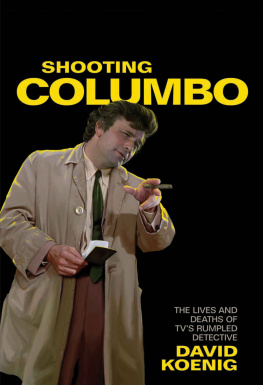
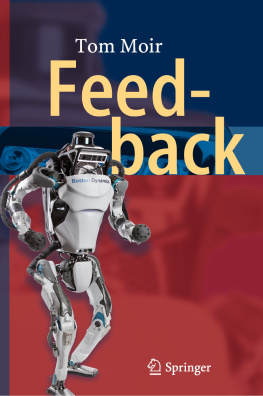

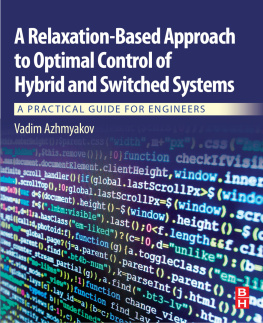

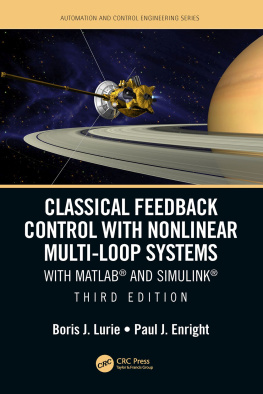
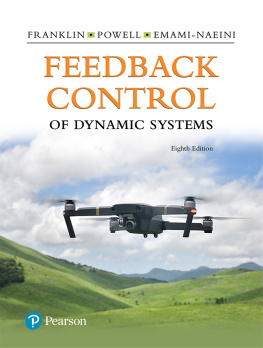
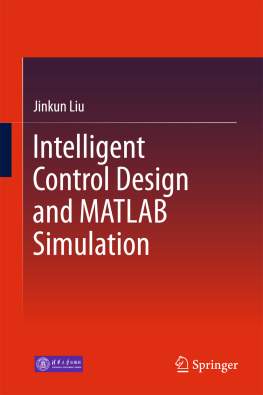
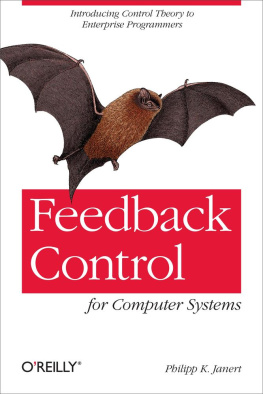


 or
or 